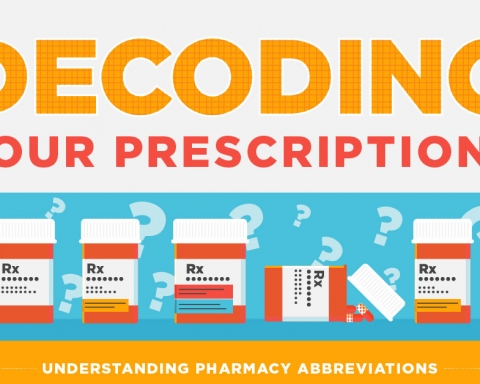Bioequivalence Requirement
A requirement imposed by the FDA for in-vitro and/or in-vivo testing of specified drug products, which must be satisfied as a condition for marketing.
Bioequivalent Drug Products
This term describes pharmaceutical equivalent or pharmaceutical alternative products that display comparable bioavailability when studied under similar experimental conditions. For systemically absorbed drugs, the test (generic) and reference listed drug (brand-name) shall be considered bioequivalent if: (1) the rate and extent of absorption of the test drug do not show a significant difference from the rate and extent of absorption of the reference drug when administered at the same molar dose of the therapeutic ingredient under similar experimental conditions in either a single dose or multiple doses; or (2) the extent of absorption of the test drug does not show a significant difference from the extent of absorption of the reference drug when administered at the same molar dose of the therapeutic ingredient under similar experimental conditions in either a single dose or multiple doses and the difference from the reference drug in the rate of absorption of the drug is intentional, is reflected in its proposed labeling, is not essential to the attainment of effective body drug concentrations on chronic use, and is considered medically insignificant for the drug.
When the above methods are not applicable (eg, for drug products that are not intended to be absorbed into the bloodstream), other in-vivo or in-vitro test methods to demonstrate bioequivalence may be appropriate. Bioequivalence may sometimes be demonstrated using an in-vitro bioequivalence standard, especially when such an in-vitro test has been correlated with human in-vivo bioavailability data. In other situations, bioequivalence may sometimes be demonstrated through comparative clinical trials or pharmacodynamic studies.
Bioequivalent drug products may contain different inactive ingredients, provided the manufacturer identifies the differences and provides information that the differences do not affect the safety or efficacy of the product.







